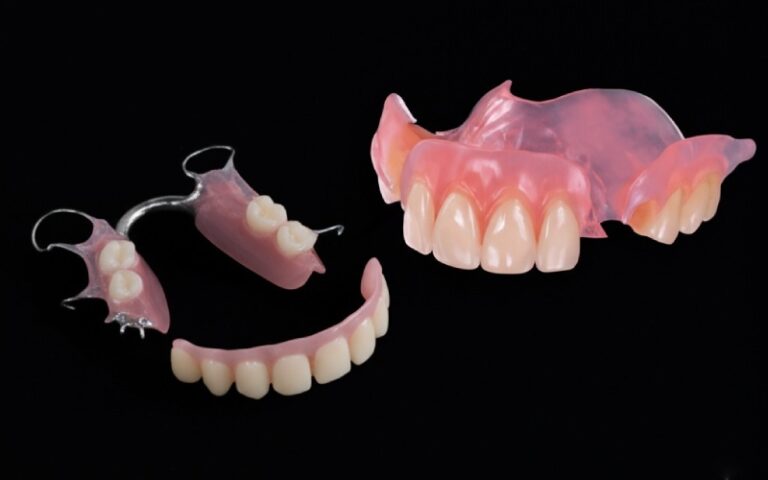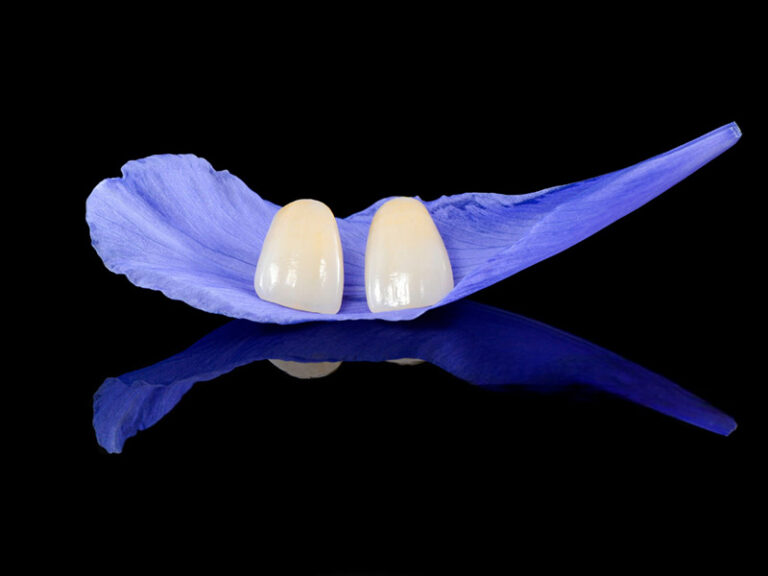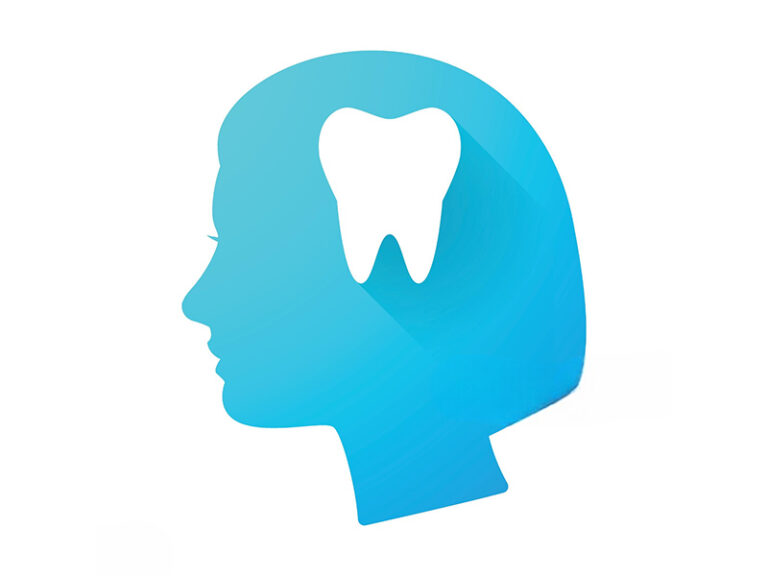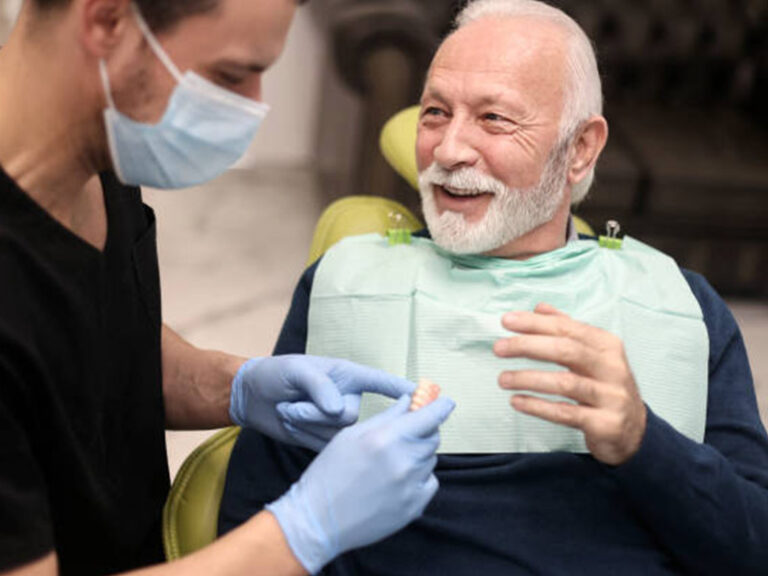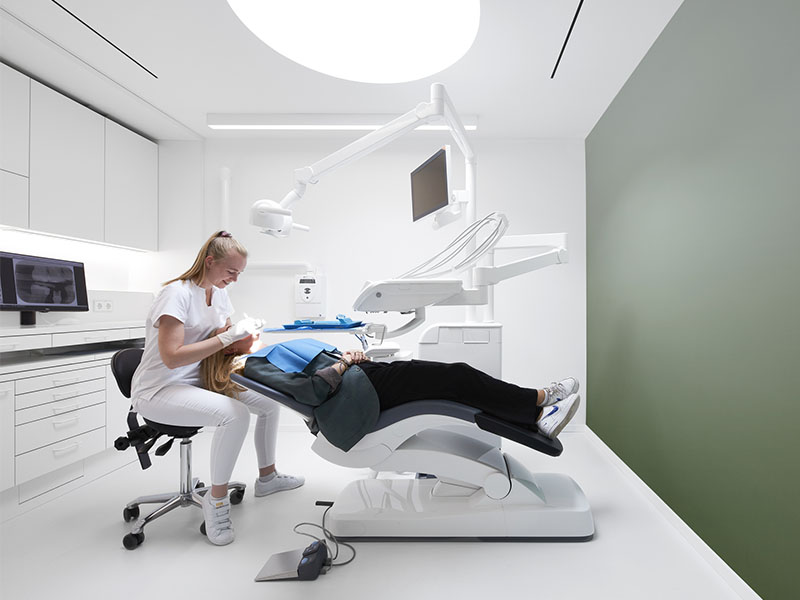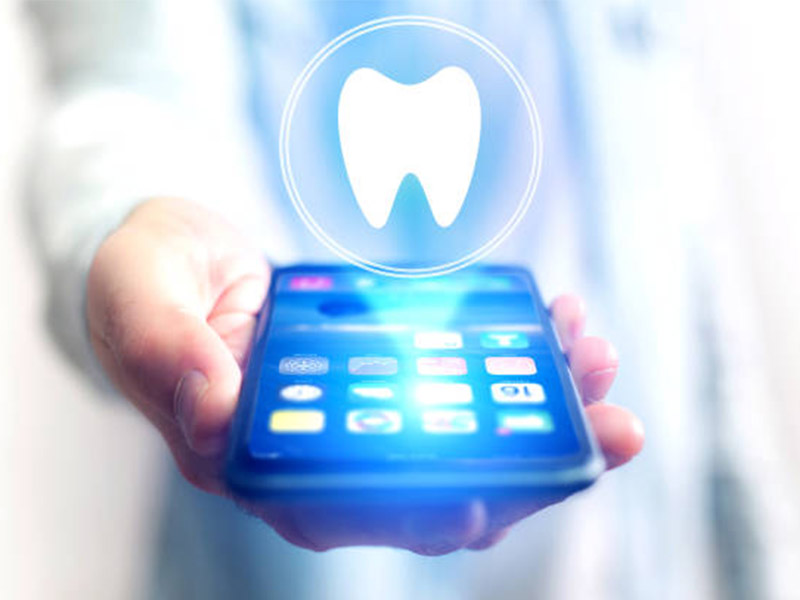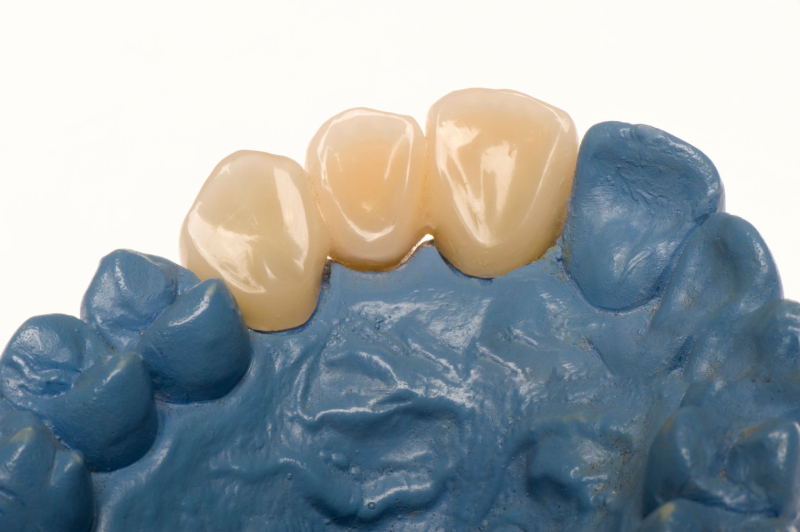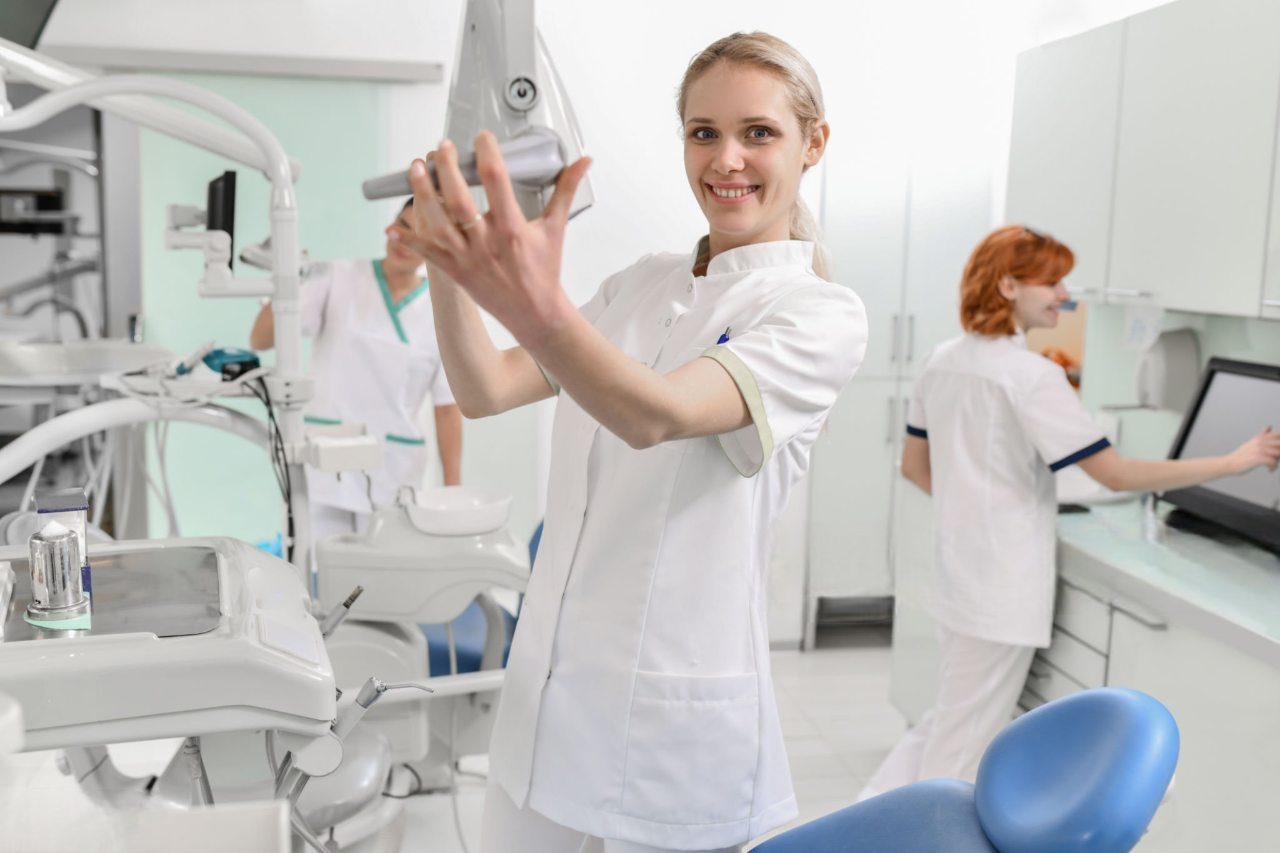
Haptic Technology: The Future of Realistic Dental Training
That nervous feeling of being in a dentist’s chair for the first time—whether you’re the patient or the dental student—never really goes away, does it? Maybe you’ve wondered: How do dental students learn all the skills they need before they actually work on a real person? If so, you’re not alone. Lots of people ask the same thing, especially with all this new technology and talk about virtual reality.
One of the biggest changes in modern dental training is something called haptic technology—or, more simply, computer programs that let dental students feel what they’re doing, not just look at it. But does it really give students the know-how they need for real situations? Can a computer simulation teach someone how to treat real people? If you’re curious (or a bit unsure), keep reading. I’ll show you what this exciting field is all about, how haptics work, where they still fall short, and what it really means for upcoming dentists.
Table of Contents
What Is Haptic Technology in Dentistry?
If you’ve played a video game where the controller shakes when you hit something, that’s a simple form of “haptic feedback.” In dentistry, the technology is way more advanced. Here, haptic simulators let dental students practice drilling, filling, and working on teeth in a computer—but with the important difference that they can feel the push and pull as if they’re working on a real tooth.
Picture a student holding a pen attached to a small robot arm, looking at a 3D tooth on the screen. As they “drill” into the virtual tooth, the device pushes back just like a real tooth would. When they press into softer parts, it feels different. Some top simulators even let students feel the “drop” when they hit a nerve area, or a softer pull of gummy tissue. It’s a hands-on way to learn, mixing a computer model with touch feedback—the “magic ingredient” of haptics.
In short: Haptic technology turns dental training from look-but-don’t-touch video games into real-feeling, hands-on experiences.
Why Does Realistic Practice Matter for Dental Students?
Let’s be real—nobody wants a dentist’s “first try” with a drill to be on their own mouth! Dental schools get it. Usually, students would practice on plastic teeth (called typodonts) or fake heads before working on real people. But here’s the hitch: plastic teeth don’t feel like real ones. They don’t fight back, and they can’t show the tiny mistakes that happen in real people’s mouths.
This is a big deal for a few reasons:
- Patient Safety: Students need a place to mess up—and learn from those slip-ups—without putting anyone in danger.
- Skill Building: Realistic practice is super important for building the hand skills needed for tricky dental jobs.
- Fair Grading: Teachers want to clearly track progress, not just “guess” if a filling looks right.
Haptic technology hopes to fix all of this, giving safe, repeatable, and real-feeling experiences before students ever handle real dental tools.
How Do Haptic Simulators Work (The Simple Version)?
Let’s make it easy—forget any big words for now!
- The SetupThe main piece is a “haptic device”—really, it’s a robot pen hooked to a small arm. This pen can feel your tiny movements and, even more important, push back with different force.
- The Virtual PatientOn screen, students see a super-clear 3D mouth and teeth. Some programs even let you turn or zoom in, so you can look from any angle.
- Feeling the DifferenceWhen the student moves the pen, the computer creates real “push back” to copy whatever they’re touching—hard tooth, soft inner part, a mushy spot, or slippery gums. “It’s sort of like the difference between cutting a carrot and poking a marshmallow,” as one teacher put it.
- Instant, Visual FeedbackYou don’t just feel mistakes—you see them, too. The simulator flashes warning signs if the student drills too deep, cuts off good tooth, or leaves bad spots. A built-in “report card” records every step, so students and teachers can see what worked—and what didn’t.
- More Senses, More RealSome top simulators add sound—like the change in drill noise when it hits something harder or softer, or the little click of a dental mirror. There are even pretend “mirrors” students must use, just like the real thing, to practice those hard-to-see areas.
All in all: Haptic simulators are like flight simulators for pilots, but for dentists. They let students “fly” through grinding, drilling, and fixing teeth—with all the tough moments—way before anyone’s mouth is on the line.
Key Benefits: What’s Good for Students—and Patients?
So, is all this new tech actually useful? Let’s look at the biggest real-life wins, in plain talk, with some easy comparisons along the way.
1. Practice Makes Perfect—Without Risk
Haptic simulators let students practice over and over with no real people at risk.
- They can try different cases—anything from a small cavity to a tricky root canal.
- Students can really learn from mistakes, since the computer tracks every move and lets you “rewind” for another shot.
2. Feeling Is Key
Touch feedback is what makes this tech shine. Being able to tell the difference between drilling into hard tooth and poking into a soft spot means students sharpen their sense of touch (sometimes called “tactile smarts”). It’s kind of like a cook learning how much pressure it takes to slice bread versus a tomato.
3. Level Playing Field
With the old way, no two plastic teeth—or even practice cases—are the same. That makes grading unfair. Haptic simulators mean all students get the same virtual tooth, with the same setup.
4. Faster Learning, Better Skills
Studies find that students using haptic tech often:
- Pick up skills quicker (a faster “learning curve”)
- Make fewer mistakes when they switch to real people
- Feel more sure of themselves before starting in the clinic
5. Safe Mistakes Build Confidence
Let’s be honest—messing up on a computer is way less scary than on a real person. The simulator points out goofs like “Whoa! You drilled too deep!” and lets you start again—no harm, no blushes.
6. Honest Progress
Every move is scored and checked:
- Depth, tilt, and where the hand tool goes
- How much healthy stuff versus bad stuff you remove
- Speed and accuracy records
This honest data shows students exactly where they’re doing better and where they still need help—a lot tougher for regular teachers to track.
7. Stronger Start for Real-Life Care
In the end, the goal isn’t just to “pass a test”—it’s to save healthy parts, keep away from causing pain, and master the gentle touch that every dentist must have for good, safe care.
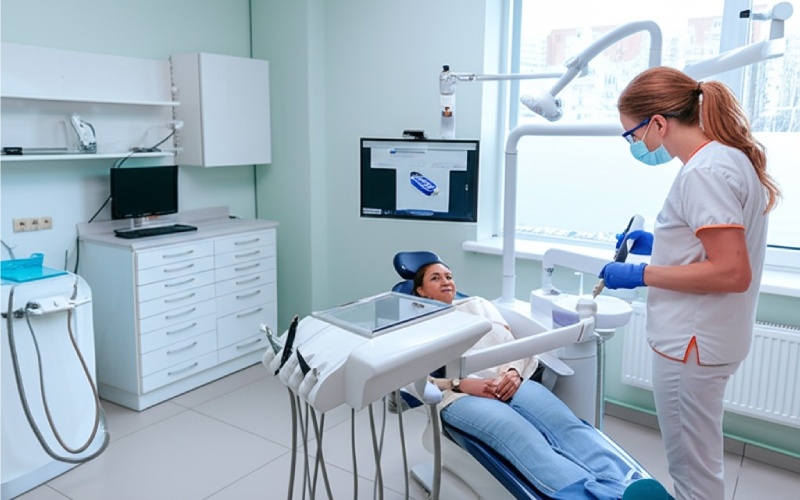
Haptic Simulators vs. Old-School Plastic Teeth: Which Is Better?
Let’s compare them—side by side.
| What We’re Asking | Haptic Simulators | Classic Plastic Teeth (Typodonts) |
|---|---|---|
| Feel | High: Like real teeth (different push for hard or soft spots) | Low: All plastic, always feels the same |
| Realism | 3D mouth and tooth models; can show many cases | Only as real as the model teeth and heads |
| Grading | Objective: Data-based, instant, tracked | Depends: Teacher’s quick look |
| Repeat Practice | Endless replays; same case for all students | Limited by number of models/teeth |
| Safety | No risk to real people or students | Still safe, but errors might slip past |
| Cost | Big purchase to start; cheaper over time | Cheaper at the start; must keep buying more |
| Skill “Carry-over” | Shown to help skills faster and better | Good for tool handling, less real for touch |
Bottom line: Both ways matter. Haptic simulators are strong for realism, feedback, and giving everyone a turn, while plastic models still help for using real tools and moving actual objects.
What Do the Studies Say? Cases and Real-Life Results
Is haptic dental tech for real? Experts all over the world are looking into this, and results look good. Here are a few main points from big studies:
Great Results—from Lab to Clinic
| Study/Source | What Was Checked | What Happened |
|---|---|---|
| Steinemann et al. (2018) | Moving from VR to plastic teeth | Haptic-trained students were quicker and more precise doing cavities on plastic teeth. Real skills transfer! |
| De Boer et al. (2015) | Quality of crown building | Haptic group removed less healthy tooth and messed up less. Better for the patient! |
| Eve et al. (2007) | Student/teacher opinions | 83% of students LOVED haptic practice. Teachers liked the data and easier grading. |
| LeBlanc et al. (2013) | Speed to learn Class II cavities | Haptic users got good faster—reaching skill in less tries than those on plastic models. |
| Plessas et al. (2017) | Performance by skill level | Beginners with haptic practice did as well as older students trained the regular way. Closed the gap! |
| Roy et al. (2017) | How close was the scoring | Haptic scores matched those made by expert teachers, so it’s fair for grading. |
Real-World Examples
A growing list of top dental schools—like King’s College London, the University of Pennsylvania, and Amsterdam’s ACTA—have put haptic simulators in their main learning. Students there aren’t just “playing video games”—they’re training on gear that’s backed by research and meets strict rules for being realistic and good for learning.
The Issues: What Still Needs Fixing?
No tech is perfect. We should point out the big bumps and what could improve next.
1. Price
Let’s be clear—these systems cost a lot at first. For small schools, that price is tough. But over time, some say it evens out as students practice as much as needed, and there’s no need to buy so many new plastic teeth.
2. Real Feel (Especially for Gums and Soft Stuff)
Most simulators do a great job showing what drilling into teeth feels like. Making the soft gums feel real is much harder, and most systems aren’t there—yet.
3. Fitting in With Classes
Buying the machines is one thing; teaching teachers how to use them and linking them with old lessons takes work. Schools need to match haptics with lessons, hands-on practice, and fair grading to make it all fit.
4. Can’t Fully Replace the Real World
No matter how real a simulator seems, there’s no replacing seeing real patients—dealing with real movement, spit, weirdness, and all the little surprises of actual people.
5. The Human Touch
Simulators are great for technical skill, but they can’t teach being kind, reading body language, or easing a nervous patient. Learning person-to-person will always matter most.
Who Gets the Most Out of Haptic Dental Training?
You might be thinking, “Does everyone need this?” The best fit, and biggest wins, come for a few groups:
- First- and Second-Year Dental Students: Just getting started? They get the most from unlimited, no-pressure practice—no patient discomfort or risk at all.
- Dentists from Other Countries: For people needing proof of skills in a new country, haptics help sharpen talents and get ready for tough tests.
- Dental Schools Wanting Fairness: If every student faces the very same digital tooth, schools can set better, more fair, and more clear standards.
- All Types of Learners: Some watch, some listen, most need to try things hands-on. Haptic tech helps all kinds of students “feel” their mistakes and successes.
Downsides? Haptic tools aren’t useful for surgeries like gum grafts, for managing patient nerves, or for learning to talk to patients. If you’ve already got sharp hand skills, you’ll need real-life practice for new challenges.
Takeaway: How Haptic Technology Is Changing Dental Training
Let’s wrap up what counts:
- Haptic dental simulators are NOT just video games. They give super-real practice by letting students feel what it’s like to work on real teeth—long before anyone’s health is on the line.
- Mixing touch, sight, and sound adds a whole new layer to dental learning. This means sharper skills, less worry, and faster progress for students. For patients? It means safer, more confident, and better dentists.
- Studies back it up. Haptic-trained students slip up less, learn quicker, and do just as well (or better) than those using old tooth models alone.
- It’s not perfect. Costs are high and simulating soft stuff still isn’t ideal, plus it takes work to blend new tech with old school habits.
- Even so, the base is strong. With more schools joining in and cool upgrades coming (like AI tutors, pretend “patients,” and smarter feedback), dental learning’s future is bright—and a lot safer.
Your Healthy Recap: What to Remember
- Dental students today can “learn by touch” in ways never possible before, thanks to haptic technology.
- Practice on simulators means fewer real-life mess-ups, more confidence, and better care for people like you.
- If you ever feel nervous about seeing a student dentist, ask about their training—did they use haptic simulators? That’s a sign your clinic cares about safety, skill, and being up-to-date.
- If you’re thinking about dental school—or just want to know more—know this: High-tech training now stands alongside sharp eyes and steady hands.
Your healthy smile starts with dentists who got to practice—a lot, with real feeling, and with zero risk to anyone—way before they ever leaned over your chair. That’s good news for all of us.
Want to Learn More or Have a Dental Question?
Don’t be shy—ask your dentist what tech they’re using, why, and how it helps care stay safe and up-to-date. If you’re interested in being a dentist, or just want to dive deeper, check out the American Dental Education Association or ask your local dental school about tours and demos.
Remember: A brighter, safer future—in dentistry and everywhere—comes from always learning new things, always caring, and always putting people first.

